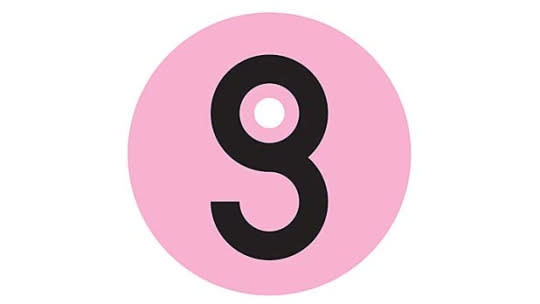A Guide to the G Spot, from the Woman Who Named It

(Illustration Courtesy of Taylor Fueg)
The G spot, or so we’d have you believe, is an area said to elicit incredible pleasure and likely orgasm in women, similar to the clitoris. Simple, right? Not exactly. Every biological facet of the G spot — where it is, what it does, and even if it exists at all — has expert proponents and detractors. So who’s to be believed? How about Beverly Whipple, professor emerita at Rutgers College and one of the researchers who found and named the G spot? We spoke with Whipple with her about this elusive pleasure center to help us separate fact from fiction.
Related: How to Give Oral Sex That Will Blow Her Mind
Its Discovery
In the ‘80s, Whipple and her colleague John Perry were teaching women Kegel exercises for urinary stress incontinence. In the course of this research, they noted that there was a lot of variance in the strength of women’s pelvic floor muscles. “Most of the women who came to me had very weak muscles but some women had extremely strong pelvic floor muscles and they said they only seemed to lose fluid through the urethra during times of sexual activity or orgasm,” says Whipple. These women also attested to the existence of a particularly sensitive area near the front wall of their vagina, stimulation of which seemed to cause their loss of fluid along with a unique orgasmic experience.
Related: 12 Things Every Man Should Know About Female Orgasms
Following these reports, Perry and Whipple had a team of doctors and nurse practitioners examined over 400 women. With their palms upward, these medical professionals moved their fingers in a “come here motion” on the inside of the vagina, testing areas from the front wall of the vagina, around, and to the back wall. In the region the women from the Kegel research had described, they observed swelling in response to stimulation in every woman.
Whipple and Perry named this the Gräfenberg spot after Dr. Ernst Gräfenberg, who, in 1950, wrote about the area, and that stimulation of it could result in non-urine fluid production. They, along with sex therapist Alice Khan Ladas, wrote a book on the topic titled The G Spot: And Other Discoveries about Human Sexuality. The shortening of the Gräfenberg spot to the G spot was a move by the publisher, says Whipple.
Related: 12 Things Everyone Should Know About Vaginas
The G Spot and Female Ejaculation
The early research of the G spot was intertwined with a study of what became known as female ejaculation — although ejaculation has been reported without G spot stimulation. In women who experienced this bodily process, the fluid they let out was about a teaspoon worth and it looked like watered-down, fat-free milk that is said to taste sweet. Many people have since studied female ejaculation and have compared it with urination and so-called squirting and gushing. “What they’re finding is that female ejaculation, urine, and squirting are three separate fluids, and they’re chemically different,” says Whipple. Female ejaculate is high in prostatic acid phosphatase and glucose but low in urea and creatinine, which are usually high in urine. The composition of fluid from squirting or gushing tends to come out in much larger amounts than female ejaculate and is most likely diluted urine. This is why Whipple is skeptical of people who claim they can teach women to ejaculate — it seems they are likely teaching squirting (if anything), which appears to be a different process.
Related: 10 Positions That Women Love
Misconceptions
Much of the curiosity surrounding the G spot has to do with misunderstandings of what it is and what it can do. The G spot is not located in the vagina and it’s not one structure. The G spot is best stimulated through touching the front wall of the vagina but is not a specific spot on the wall itself. Researcher Emmanuele Jannini and his colleagues believe that this region may include part of the front vaginal wall, the urethra, the female prostate gland, surrounding muscles and tissue, and perhaps even parts of the clitoris. In their work, they called this area the clitourethrovaginal complex.
Related: Your Clitoris Cheat Sheet
But Is It Real?
Anyone who’s ever been the least bit curious about the G spot has probably run into debates over whether or not it exists. Whipple traces this controversy back to Dr. Vincenzo Puppo, a physician and sexologist who has published papers for at least a decade saying the G spot and vaginal orgasm aren’t real and that the sensations that have been reported are likely the result of erectile tissue related to the clitoris. Whipple’s response? “I never said every women has a G spot. I don’t know because not every woman has been examined.” She doesn’t promote the G spot as a distinct anatomical structure and supports the demands for further study. What does seem to be true is that there is great variability in this area, which is the case for sexual response and sensation in general. One person might become aroused when someone nibbles their ear, but to others, that’s unfulfilling or downright awkward.
Related: The Top 10 Sex Mistakes Men Should Avoid
Fighting over what the G spot is or whether it is real can make for fascinating research, but for the rest of us, consider the G spot a suggestion. “I just think for people who want to find out another area that some women find very pleasurable, we should teach them how to do that if they choose,” says Whipple.
By Taylor Kubota
More from Men’s Journal:
